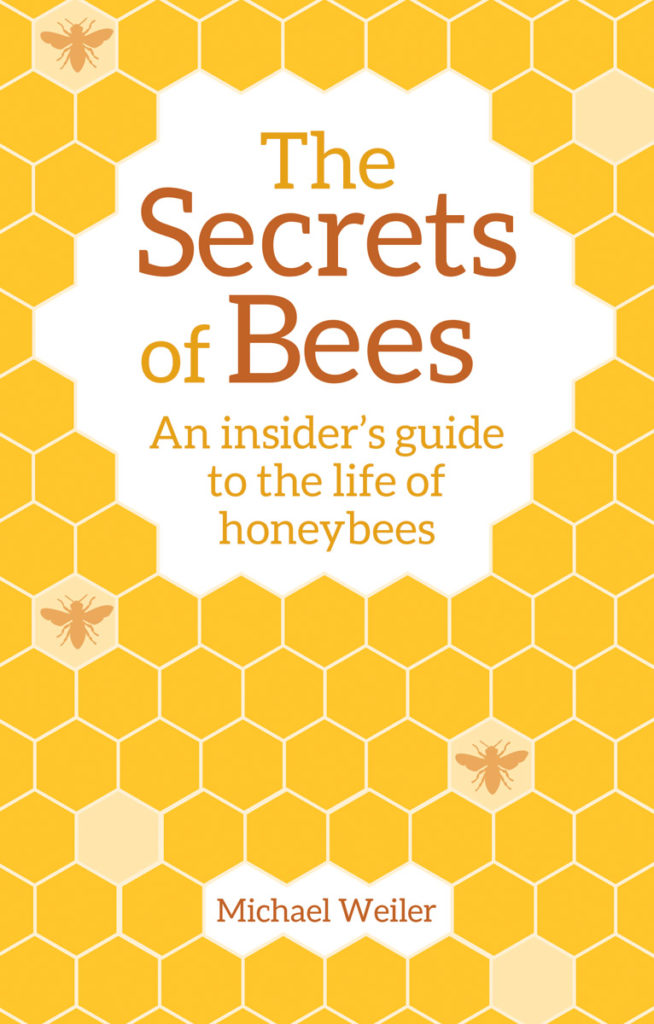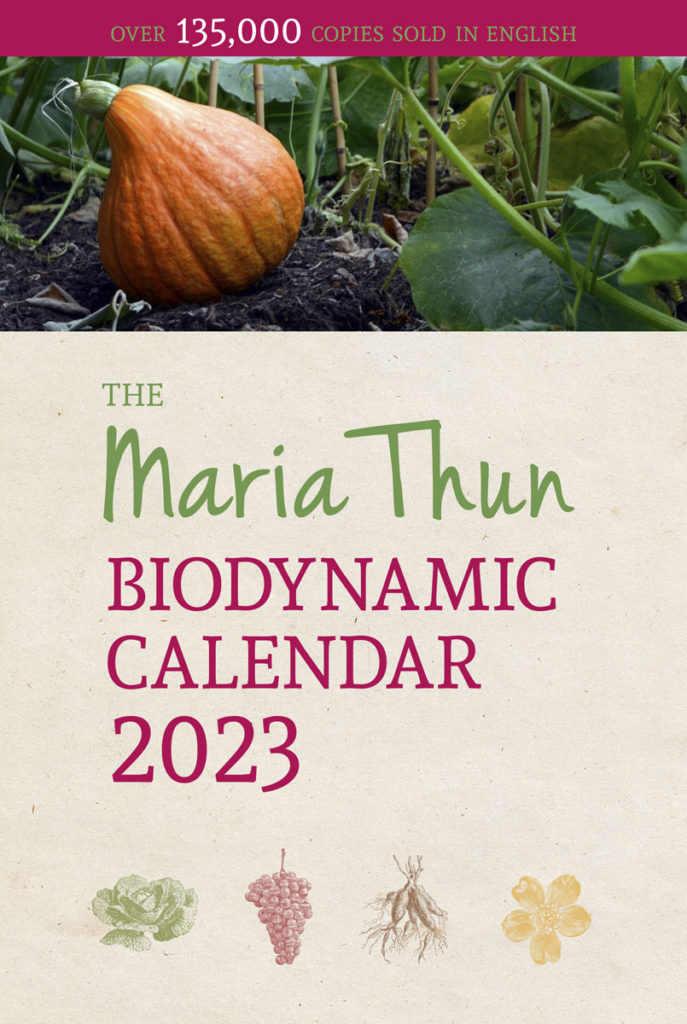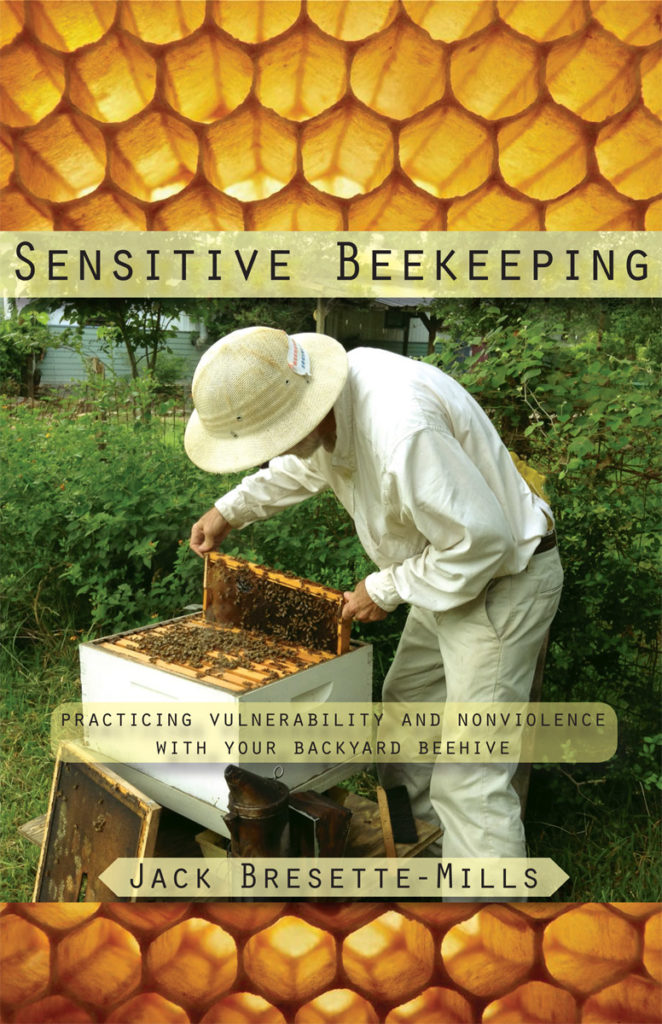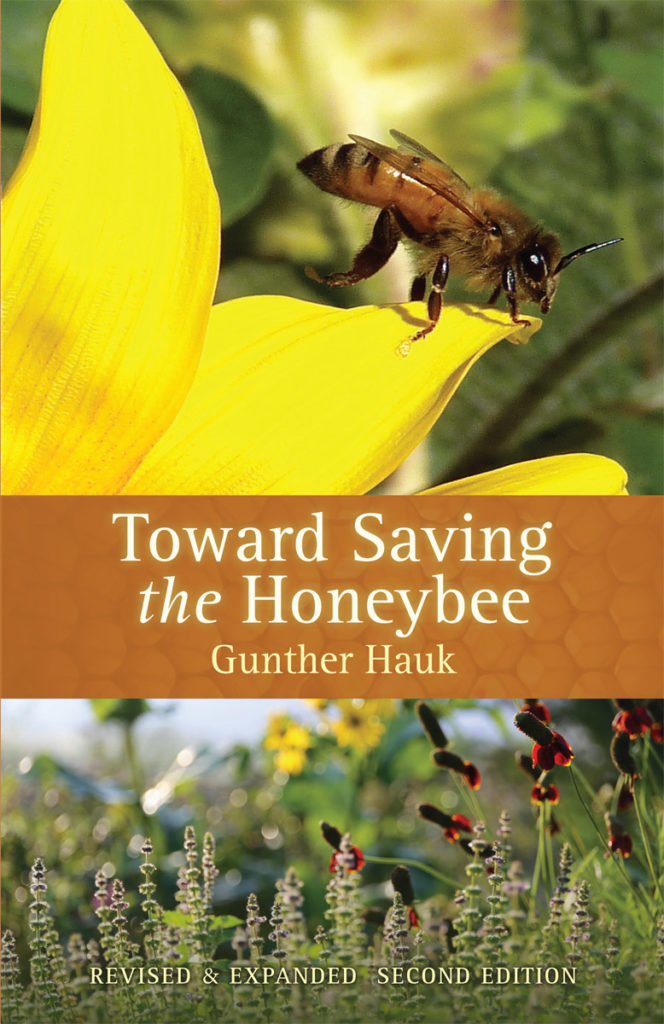The Secrets of Bees: An Insider’s Guide to the Life of Honeybees
by Floris Books • 19 May 2023 • Biodynamics, Non Fiction • 0 Comments

Uncover the incredible hidden world of these remarkable — and vital — insects. The Secrets of Bees: An Insider’s Guide to the Life of Honeybees is a fascinating look at the secret life of bees, from buzzing around the garden to the sticky knife in the honey jar.
In this extract from the book, we learn about bee dances, which the bees use to share information about the location of foraging sites.

The house bees are busy everywhere…but some of them are noticeable for their special behaviour. They move round the comb in a pattern that always returns to the same point. They waggle their abdomens rapidly from side to side as they move in a short straight line then return to the starting point in a semicircle only to repeat the ‘waggle’ dance along the straight line, this time completing the other half of the circle on the return, and so on. There are a number of bees showing this behaviour, especially in the lower part of the comb. Many are carrying pollen baskets. Some are walking vertically downwards on the comb, others upwards, many horizontally to the left or right, and some diagonally upwards or downwards. But all of them keep to their own direction and exhibit this waggling movement of the abdomen as they walk along the straight line. Some trace out the pattern of movements more vigorously and more frequently, others more deliberately and less frequently. The ‘dancers’ often repeat their figure of eight for several minutes without a break.

Quite a lot of bees on the comb are paying attention to them, touching them with their antennae, following them briefly and then going away again. This behaviour is reminiscent of that experienced on a hanging swarm until it eventually flies to a new site or a new hive, and we observed it with our own swarm before it was hived. Bee scientists call this behaviour in the hive ‘neural communication’.
Karl von Frisch (1895–1981) studied these phenomena in a long series of experiments over several decades. He discovered that bee dances are connected with a particular foraging site found by a bee on one of her flights, and he observed that after she has returned to the hive more bees from the hive soon seek out the same site.

Frisch did experiments with dishes of syrup placed at various distances and in different directions from his observation hives.
He marked the returning bees with coloured identification dots so that he could observe their behaviour in detail on their return to the hive. He discovered that on their return to the hive the bees that had found a source of forage stimulated other bees to fly to the same source with the dance described, and he succeeded in decoding the dance pattern.
There are two distinct components to the dance. One is the direction of the straight line on the comb. The other is the frequency and intensity with which this distance is traversed during the waggle dance.
Because their eyes can detect polarised or orientated light, bees are able to sense in flight the direction of sunlight. They can do this even when they cannot actually see the sun itself, just as long as there is sufficient daylight.

As they walk on the comb in the darkness of the hive, the bees sense the direction of gravity. If the dancer moves vertically downwards in the gravitational field, the dance stimulates the attendant bees to fly away from the sun when outside, into the darkness so to speak. If the dancer moves upwards against gravity, it stimulates the bees to fly towards the sun. Upwards to the right and downwards to the left mean fly to the right in relation to the sun, either in the direction of the light or away from it. In this way every angle of flying direction in relation to the light source can be danced on the comb.



